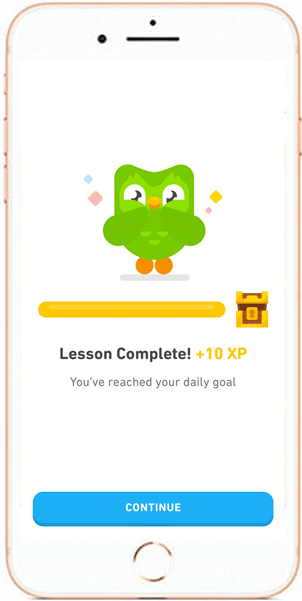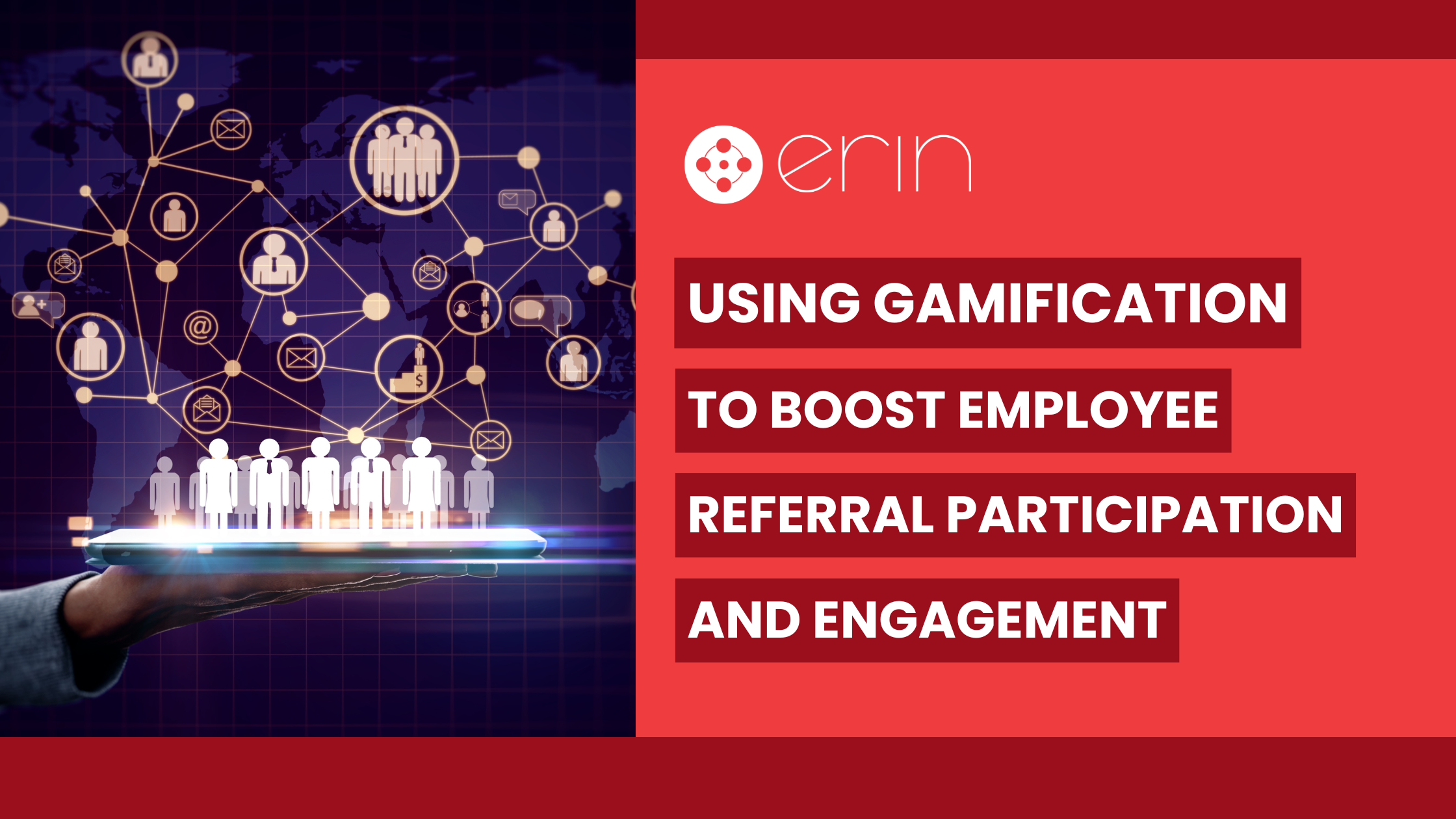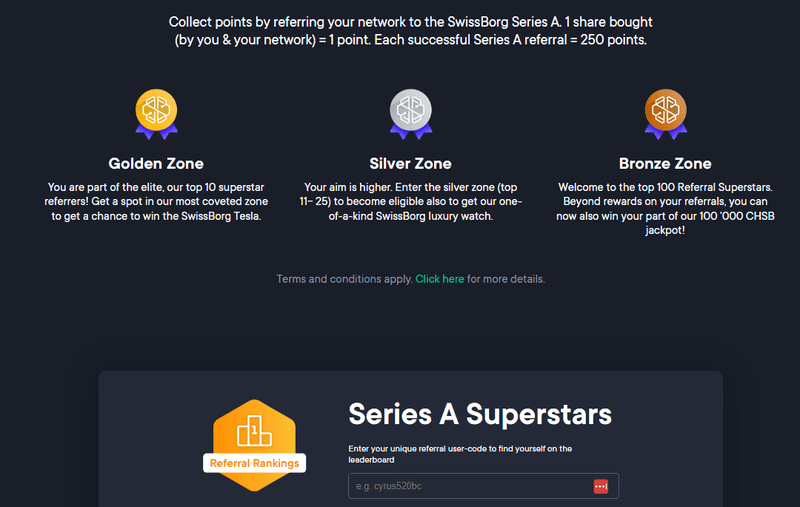# Gamification Tactics to Boost Brain Retraining Academy Referrals
In the rapidly evolving world of brain retraining, building a strong community and increasing referrals is essential to long-term success. **Gamification** has emerged as a powerful strategy to engage users and incentivize them to refer others to your academy. By implementing a well-designed referral program, you can foster healthy competition, reward progress, and significantly boost your academy’s reach. In this article, we’ll explore proven **gamification tactics** specifically tailored to enhance referrals for a **brain retraining academy**, with actionable strategies that can be implemented immediately.
## Understanding Gamification in the Context of Brain Retraining Academies
Before diving into specific tactics, it’s essential to understand why **gamification** is so effective in educational settings like brain retraining. Gamification leverages **game-like elements**—such as points, rewards, and competition—to increase user participation, motivation, and engagement. When applied to a referral program, it creates a sense of excitement and achievement that drives users to spread the word and invite others to join.
For brain retraining academies, where success often depends on consistent engagement and participation, gamification can be a game-changer. By tapping into **psychological triggers** like reward systems, milestones, and social recognition, gamification not only motivates users but also encourages them to become active advocates for your academy.
> **”Gamification transforms learning into a dynamic, interactive experience that keeps users coming back. When combined with a robust referral program, it can lead to exponential growth.”** – Source: [SaaSquatch](https://www.saasquatch.com/blog/referral-programs/)
## Proven Gamification Tactics to Increase Referrals
### 1. Points and Rewards System
One of the most common and effective **gamification tactics** is the implementation of a **points and rewards system**. Here’s how you can use it to boost referrals:
– **Assign Points for Referral Actions**: Offer points every time a user shares content on social media, invites friends, or completes specific challenges. For example, users could earn points for sharing your academy’s blog posts or referring a friend to join the academy.
– **Redeem Points for Rewards**: Allow users to exchange points for **exclusive rewards** like discounts on your courses, free one-on-one coaching sessions, or access to premium content.
– **Bonus Points for Milestones**: To keep users engaged and motivated, award bonus points when they hit specific referral milestones—such as making their first referral or referring five friends.
This points-based system creates an immediate incentive for users to share and refer, enhancing both participation and retention.
### 2. Leaderboards and Healthy Competition
### **Engage Users with Leaderboards and Friendly Competition**
Humans are naturally competitive, and leaderboards play a crucial role in leveraging this trait. By displaying **real-time leaderboards** showcasing the top referrers, you can ignite **friendly competition** among users. This tactic not only motivates individuals to refer more friends, but it also fosters a sense of community.
– **Real-Time Leaderboards**: Show users where they stand in comparison to others. This can be weekly or monthly, encouraging them to stay engaged and work harder to climb the ranks.
– **Recognition and Rewards for Top Referrers**: Recognize the **top referrers** with public acknowledgment, special prizes, or exclusive badges. Public recognition boosts the ego and drives continued participation.
– **Social Sharing of Leaderboard Status**: Allow users to share their leaderboard positions on social media. This not only motivates them to refer more friends to maintain their status but also spreads the word about your academy.
By integrating leaderboards into your referral program, you can create a dynamic environment where users are constantly striving to improve and invite others to join.

### 3. Progress Bars and Milestone Rewards
### **Motivate Users with Progress Bars and Milestone Rewards**
Visualizing progress is a powerful way to keep users motivated. **Progress bars** help users track how close they are to their next reward, creating a tangible sense of achievement. Here’s how you can incorporate them into your referral program:
– **Progress Bars**: Display progress bars that show how far users have come in reaching their next milestone or reward. For example, a progress bar could show how many referrals a user has made toward earning a **free course** or a **premium consultation**.
– **Milestone Rewards**: Offer rewards for hitting specific referral thresholds—like after 3, 5, or 10 referrals. This encourages users to keep pushing forward to unlock new rewards.
### Example Milestones:
– **First Referral**: Receive 50 bonus points.
– **5 Referrals**: Unlock a **discounted course**.
– **10 Referrals**: Receive a **free one-on-one session**.
This approach not only incentivizes users to keep referring, but it also makes their progress visible, giving them something to strive for.
> **”Progress bars are an excellent way to visualize success, making users feel more connected to their goals.”** – Source: [Strive Cloud](https://strivecloud.io/blog/gamification-user-engagement/)
### 4. Badges and Achievements
### **Reward Specific Achievements with Badges and Recognition**
Badges are a great way to recognize and celebrate users’ accomplishments. By awarding **badges** for specific achievements, you create a sense of **social recognition** and accomplishment.
– **Achievement Badges**: Create badges for users who achieve significant milestones in your referral program. For example, you could award a “**Referral Champion**” badge to users who refer 10 friends or a “**Top Advocate**” badge for those who consistently refer.
– **Public Display of Badges**: Display the badges on user profiles to give them a sense of pride and social recognition. This encourages others to work toward earning their own badges.
– **Gamification through Custom Badges**: Design unique badges that users can show off, making the achievement even more meaningful. Badges can range from “**First Referral**” to “**Referral Master**.”
These badges not only create a sense of accomplishment but also serve as a **visual cue** to others, encouraging them to engage in the referral program.

—
By integrating these **gamification tactics**, you can significantly increase engagement and referrals for your **brain retraining academy**. The next step is to focus on **real-time feedback**, **storytelling**, and **social sharing**—all of which we will cover in the second half of this article. Stay tuned for more actionable tips on driving **referrals** and building a thriving, engaged community.
For more strategies on enhancing **user engagement** and boosting your referral program, visit [Referral Rock](https://referralrock.com/blog/gamification-in-referrals/).
—
This content provides a detailed, insightful approach to using **gamification** in your brain retraining academy’s referral program. Each tactic is designed to motivate users, increase participation, and ultimately, drive more referrals. Stay with us for the next part of this guide, where we explore additional **engagement strategies** and **community-building** techniques.
## Real-Time Feedback and Instant Notifications to Keep Users Engaged
### **Encouraging Immediate Engagement with Real-Time Feedback**
One of the most effective **gamification tactics** in boosting referrals and engagement is providing **instant feedback** when a user refers someone or achieves a milestone. This tactic fosters a sense of immediate reward and accomplishment, motivating users to keep engaging with your platform. Here’s how you can use real-time feedback to enhance your referral program:
– **Instant Notifications**: When a user makes a referral or reaches a milestone, send a **personalized notification** to acknowledge their achievement. For instance, “Congratulations! You’ve earned 50 points for your first referral!”
– **Pop-Up Alerts**: Integrate pop-up alerts on the user dashboard or profile page to inform them of their progress in real-time. This could be a progress bar showing how close they are to the next reward or a congratulatory pop-up when a milestone is achieved.
– **Personalized Messages**: Send personalized messages like “You’re just one referral away from earning a **premium session**! Keep going!” This kind of direct engagement makes users feel appreciated and keeps them motivated.
Providing **instant feedback** ensures that users are continuously aware of their success, which keeps them engaged and motivated to make more referrals.
> **”Real-time feedback is the key to maintaining momentum in a gamified system. It fuels users’ desire to continue striving toward the next achievement.”** – Source: [ErinApp](https://erinapp.com/blog/gamification-education-benefits/)
### Social Sharing and Building a Referral Community
### **Leveraging Social Sharing for Greater Reach**
**Social sharing** is another powerful tool for increasing **referrals** in your academy. By encouraging users to share their progress and achievements on social media, you can expand your reach and attract more participants to your academy. Here’s how you can incorporate social sharing into your referral program:
– **Social Media Badges and Achievements**: Award badges that users can share on their social media profiles, such as “**Referral Champion**” or “**Top Advocate**”. This not only gives them **social recognition** but also spreads the word about your academy.
– **Shareable Referral Links**: Make it easy for users to share their **referral links** on social media platforms like Facebook, Instagram, or Twitter. This helps increase visibility for your academy and drives traffic back to your platform.
– **User-Generated Content**: Encourage users to share their success stories and experiences. For example, you could ask them to post a short testimonial or a photo showcasing how your brain retraining program helped them. This **user-generated content** can act as organic promotion for your academy.
> **”Building a community through social sharing not only amplifies your referral program but also enhances your brand’s credibility.”** – Source: [Strive Cloud](https://strivecloud.io/blog/gamification-user-engagement/)
—
## Personalization and Storytelling in Referrals
### **Using Personalization to Enhance the User Experience**
Personalization plays a significant role in **gamification** because it makes the referral experience feel more meaningful and tailored to individual users. By offering **personalized rewards**, messages, and experiences, you can deepen user engagement and improve your academy’s referral program. Here’s how you can leverage personalization:
– **Tailored Rewards**: Offer users a choice of rewards based on their preferences. For instance, some users might prefer **discounted courses**, while others might want **exclusive content**. Giving them the option to choose makes the reward more valuable and encourages them to refer more people.
– **Customized Messages**: Personalize notifications and messages based on users’ behavior and achievements. For example, you can send a message like “You’re only three referrals away from unlocking a **free session with an expert**. Keep it up, [User’s Name]!”
– **Customized Referrals**: Create **unique referral links** or codes for users to share with their friends. When users see that they are contributing to a personalized campaign, they feel more invested in the process.
### **The Power of Storytelling in Gamification**
Integrating a narrative into your **referral program** can take user engagement to the next level. By adding a storyline or a series of levels, you can make the referral process feel more like a game, making users more likely to continue referring others. For example:
– **Quest-Based Referrals**: Introduce a **storyline** or theme for your referral program. For instance, users could go on a “journey” to unlock new levels or achievements as they refer more people. Each referral could be seen as a step forward in the story.
– **Unlocking a Story**: As users make more referrals, they unlock parts of a story or narrative. This not only motivates users but also creates a sense of progression.
By adding a **story element** to your gamified referral program, you create an emotional connection with your users, encouraging them to continue their referral journey.
—
## Best Practices for Implementing Gamification in Referral Programs
### **Keep It Simple and Fun**
While **gamification** can be highly effective, it’s important not to overcomplicate things. The referral process should feel fun and easy to navigate. Here are some best practices:
– **Clear Instructions**: Provide simple, step-by-step instructions on how users can participate in your referral program. The easier the process, the more likely users will engage.
– **Engaging and Enjoyable**: Keep the **gamified elements** fun and enjoyable. Users should feel excited, not overwhelmed, by the referral program.
– **Regular Updates**: Keep users updated on their progress. Send out weekly or monthly emails highlighting the top referrers, new rewards, and other milestones. This will help maintain excitement.
### **Match Rewards to Your Audience**
Ensure that the **rewards** offered in your referral program are appealing and valuable to your audience. If your academy’s target audience is professionals or students, for example, offering **free sessions with experts** or **exclusive content** might be more effective than offering physical rewards.
—
## FAQs
### **What is gamification in a referral program?**
**Gamification** involves using **game-like elements**—such as points, rewards, and competitions—to make non-game activities more engaging. In a referral program, it encourages users to refer others by offering rewards and recognition for their actions.
### **How do leaderboards enhance referral programs?**
Leaderboards create **healthy competition**, motivating users to refer more people. When users see their name on the leaderboard, they are more likely to continue referring to maintain their position and gain **social recognition**.
### **What are the best rewards for a referral program?**
The best rewards depend on your audience. For a **brain retraining academy**, rewards like **free consultations**, **discounted courses**, or access to **exclusive content** could be highly attractive.
—
## Conclusion: Maximizing Your Referral Program with Gamification
Implementing **gamification tactics** in your brain retraining academy’s **referral program** can significantly boost engagement and drive more users to join. By using **points and rewards**, **leaderboards**, **progress bars**, **badges**, and **real-time feedback**, you can create a motivating and interactive environment that encourages users to share your academy with others.
When you incorporate **personalization**, **storytelling**, and **social sharing**, you enhance the overall user experience, making the referral process feel rewarding and fun.
Now that you understand the power of **gamification**, it’s time to implement these tactics in your referral program. By making the experience enjoyable, interactive, and rewarding, you’ll not only **increase referrals** but also create a thriving community around your academy.
For more insights on how to optimize **brain retraining** and **neurostimulation technologies**, explore the reviews and expert comparisons available at [NeuroTechInsider](https://neurotechinsider.com).
—
By following these proven **gamification tactics**, your academy can see a significant boost in engagement and referrals. Remember, the key to success lies in creating an experience that is both fun and rewarding for your users. Start gamifying your referral program today and watch your academy’s growth soar!
